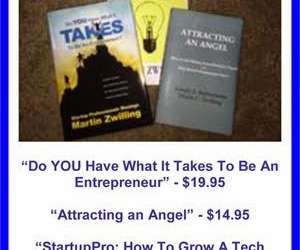Why Uber is The Revenge of the Founders
Steve Blank
OCTOBER 24, 2017
None of this was law, and nothing in writing required this; this was just how these firms did business to protect their large institutional customers who would buy the stock. — all great things when you are executing and scaling a known business model. People had to actually pay you for your product.















Let's personalize your content